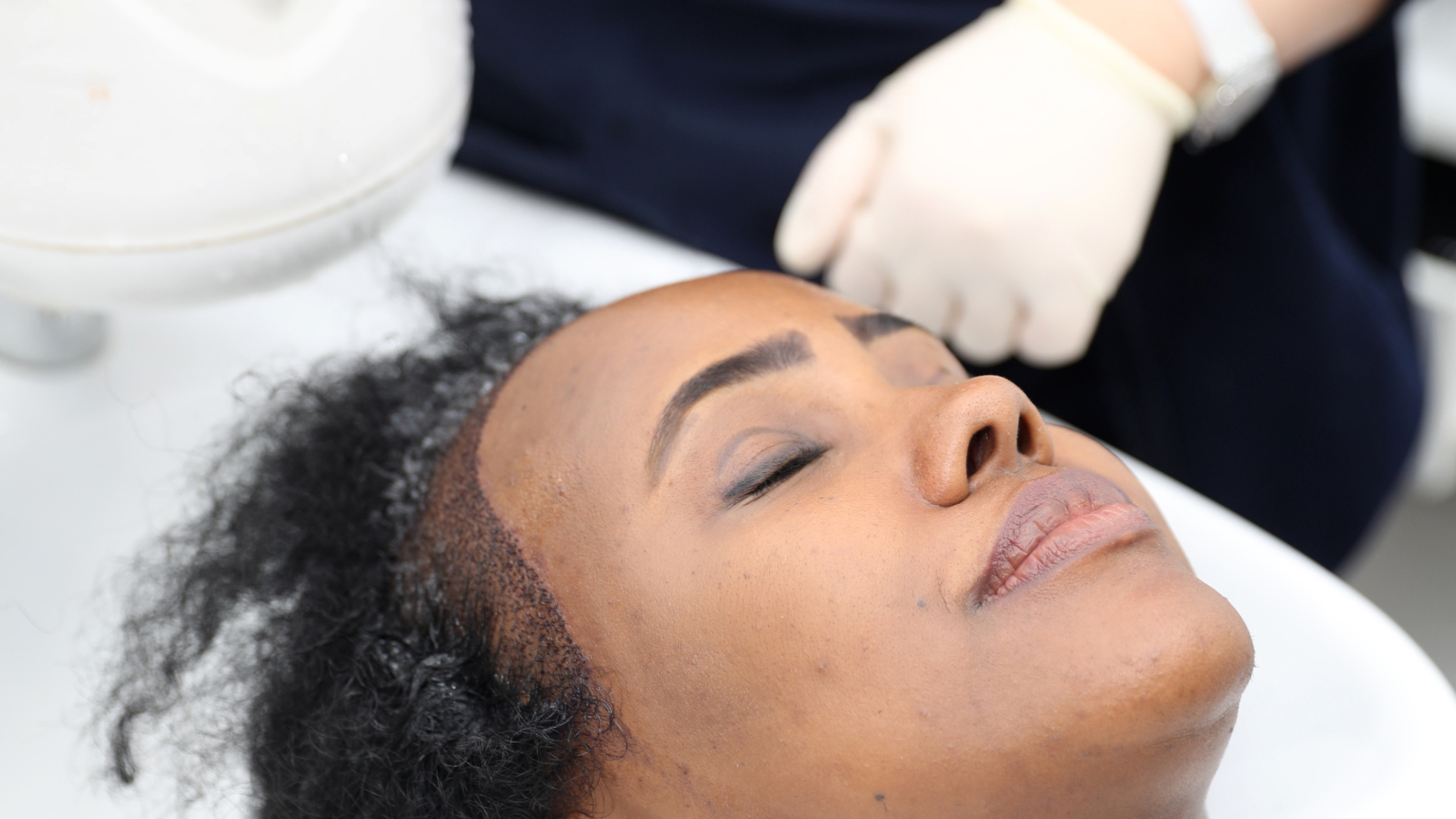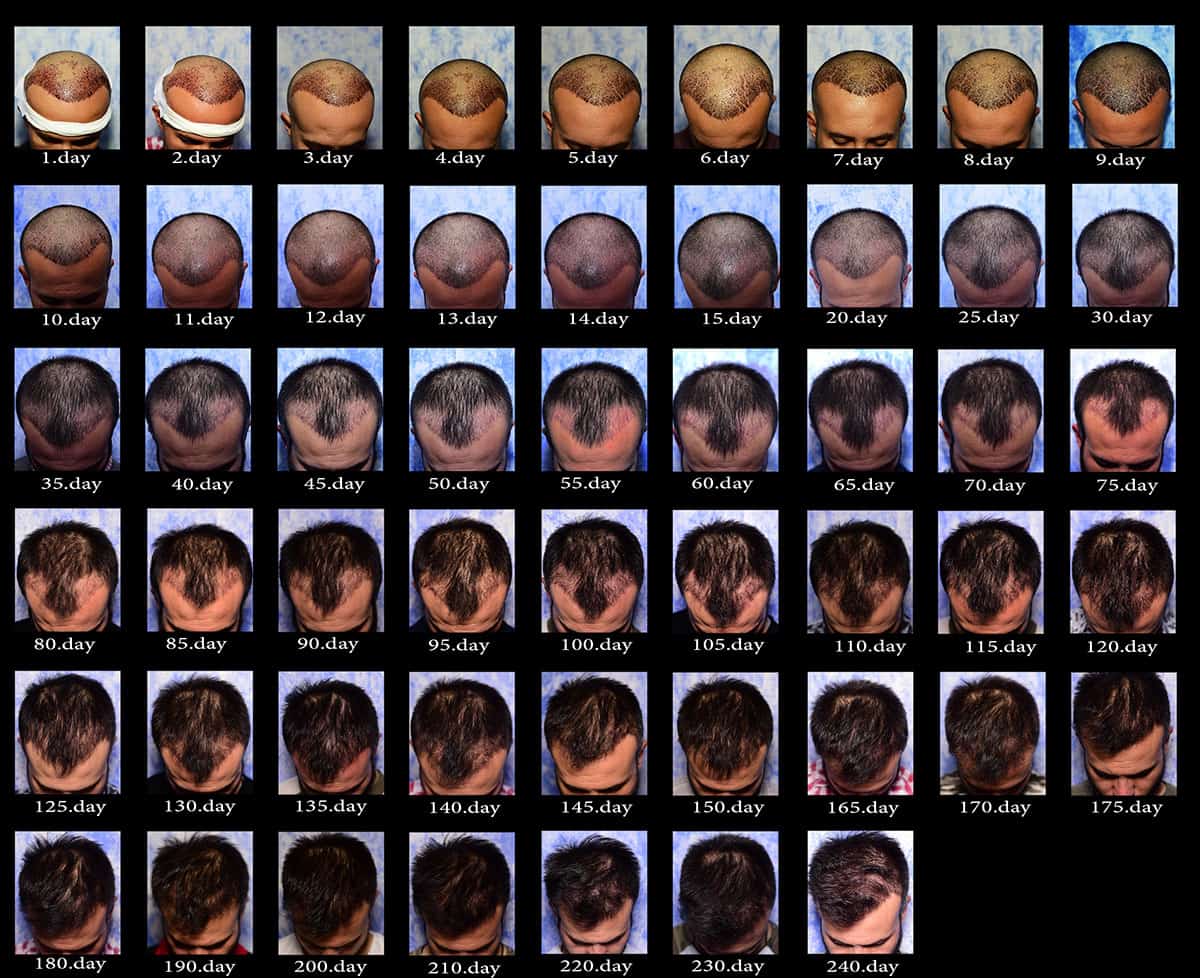Table Of Content

During the procedure, local anesthesia is administered to minimize pain. Other postoperative surgical complications might include infection, wound dehiscence (edges of wounds cracking open and no longer meet), skin necrosis (tissue death). The cost of hair implants for men or women varies depending on location and each surgeon’s billing rate. Typically, hair transplant costs are based on the number of grafts. In the United States, each graft usually costs about $2 to $10, with a full price of about $12,000. Next, the surgeon’s team divides the strip of removed scalp into 500 to 2,000 tiny grafts, each with an individual hair or just a few hairs.
Research and future techniques
The entire process takes between 4 and 8 hours, depending on the transplant size. The cost of the hair transplant can depend on the number of grafts being relocated. This can be an advantage if the person only requires a few grafts, as it may work out cheaper than paying a flat rate for the treatment. As most insurance companies view hair transplants as cosmetic, the majority of plans do not cover the process.
The costs to recover from a hair transplant
People often report mild pain for 1 to 2 days following hair transplant surgery. But pain medication and icing the treated areas for 48 hours can ease any discomfort. The cost of a hair transplant varies considerably based on the city the surgery is performed in, the clinic you visit, and the total amount of hair that’s implanted. Most insurance companies are unlikely to cover the cost of DHI since it’s considered a cosmetic surgery.

What is a Hair Transplant’s Average Cost?
Hair grafting is the most common type of hair transplant surgery. A healthcare provider cuts tiny pieces of the scalp containing healthy hair. Sometimes they use a small, round punch to remove skin that contains about 10 to 15 hairs.
How follicular unit transplantation works
It's a type of surgery that moves hair you already have to fill an area with thin or no hair. Doctors have been doing these transplants in the U.S. since the 1950s, but techniques have changed a lot in recent years. If thinning up top or going bald really bothers you, the procedure can be one way to feel more confident about your looks. But first talk with your doctor about what you can expect during and after the surgery. If you experience any complications, the most common of which is an infection, you’ll need to treat it. This can be an additional expense, such as the costs for medications and doctor visits.
The top 10 best hair transplants In Turkey – 2024 - Madison.com
The top 10 best hair transplants In Turkey – 2024.
Posted: Thu, 04 Jan 2024 08:00:00 GMT [source]
Long Term Complications after the Hair Transplantation Surgery:
People traveling overseas to save money on hair restoration surgery is a popular example of medical tourism. When traveling internationally for elective cosmetic surgery, ensure the destination is safe and your surgeon is well-accredited. Discussing the expected outcome with your surgeon and developing realistic expectations is important. Get additional information on hair transplants and their costs here.
The hair transplant procedure has evolved significantly since it started in the 1950s. And many countries around the world are professionals in hair transplantation. For example, Turkey, Mexico, India, Poland, Spain, Thailand, and many more countries. You may not be eligible for a FUE hair transplant if you don’t have enough healthy or thick hair to transplant to the thinning or balding area. FUE was meant to replace the “classic” follicular unit transplantation (FUT) technique.
Most people are able to return to work 2 to 5 days after the operation. Like good health and youth, most of us take our locks for granted -- that is, until they're gone. For many people, a hair transplant can help bring back what looks like a full -- or at least a fuller -- head of hair.
How long do hair transplants last?
To find out why you have hair loss, you may also need a blood test. This can check for things going on in your body that may be causing your hair loss. Your dermatologist can quickly and easily take what is needed for the scalp biopsy during the consultation.
During a hair transplant, local anesthesia is used to numb the pain that occurs as hair grafts are removed and implanted. Each graft uses one to four viable hair follicles removed from an area on the donor's scalp with thicker hair (typically the back) and implanted into bald spots. On average, each transplanted hair graft contains two strands of hair. Hair transplants are effective procedures for restoring hair growth following many causes of hair loss. The success rate of hair transplant surgery depends on many factors, including the skill and experience of the surgeon and the thickness of the person’s donor hair.
Look for a skilled professional with experience in hair loss and hair restoration. You should also consider the practical aspects of hair transplant surgery. Hair transplantation is a surgical technique that removes hair follicles from one part of the body, called the 'donor site', to a bald or balding part of the body known as the 'recipient site'. In this minimally invasive procedure, grafts containing hair follicles that are genetically resistant to balding (like the back of the head) are transplanted to the bald scalp. During follicular unit transplantation, the surgeon removes a strip of skin from the back or side of the head, extracting individual hair follicles. These follicles are then filled in the balding areas of the scalp.
Maintaining a lifestyle and following a hair care routine can contribute to long term success. It's important to follow instructions, on how to clean and care for your scalp in order to promote healing and minimize any potential risks. The doctor will evaluate your scalp condition, donor area and characteristics of your hair to create a plan for the procedure. Initially you will have a discussion with a doctor or surgeon to talk about your objectives, suitability for the procedure and the various techniques available. It’s unlikely that your insurance will cover FUT since it’s usually considered a cosmetic surgery.
Try the International Society of Hair Restoration Surgery’s (ISHRS) Find a Doctor tool to locate a physician who specializes in hair restoration near you. Here are some photos of what you can expect from a FUE hair transplant. You’ll also need to cover prescription medications for pain or other possible side effects that may result from the procedure. Additionally, there is the risk that the grafts will not “take” and the surgery will have to be repeated.
Wendy Wisner is freelance journalist and international board certified lactation consultant (IBCLC). She has written about all things pregnancy, maternal/child health, parenting, and general health and wellness. If you want to diminish a noticeable scar, know these 10 things before having laser treatment. The International Alliance of Hair Restoration Surgeons and the International Society of Hair Restoration Surgery are nonprofits with worldwide directories of qualified surgeons.
It’s also possible to suddenly lose some of the original hair in the area where you got the new strands, called shock loss. If you’re getting the FUE procedure, the surgeon’s team will shave the back of your scalp. Then, the doctor will remove hair follicles one by one from there. The area heals with small dots, which your existing hair will cover. It can take up to a year before you see the full results of any hair transplant.

No comments:
Post a Comment